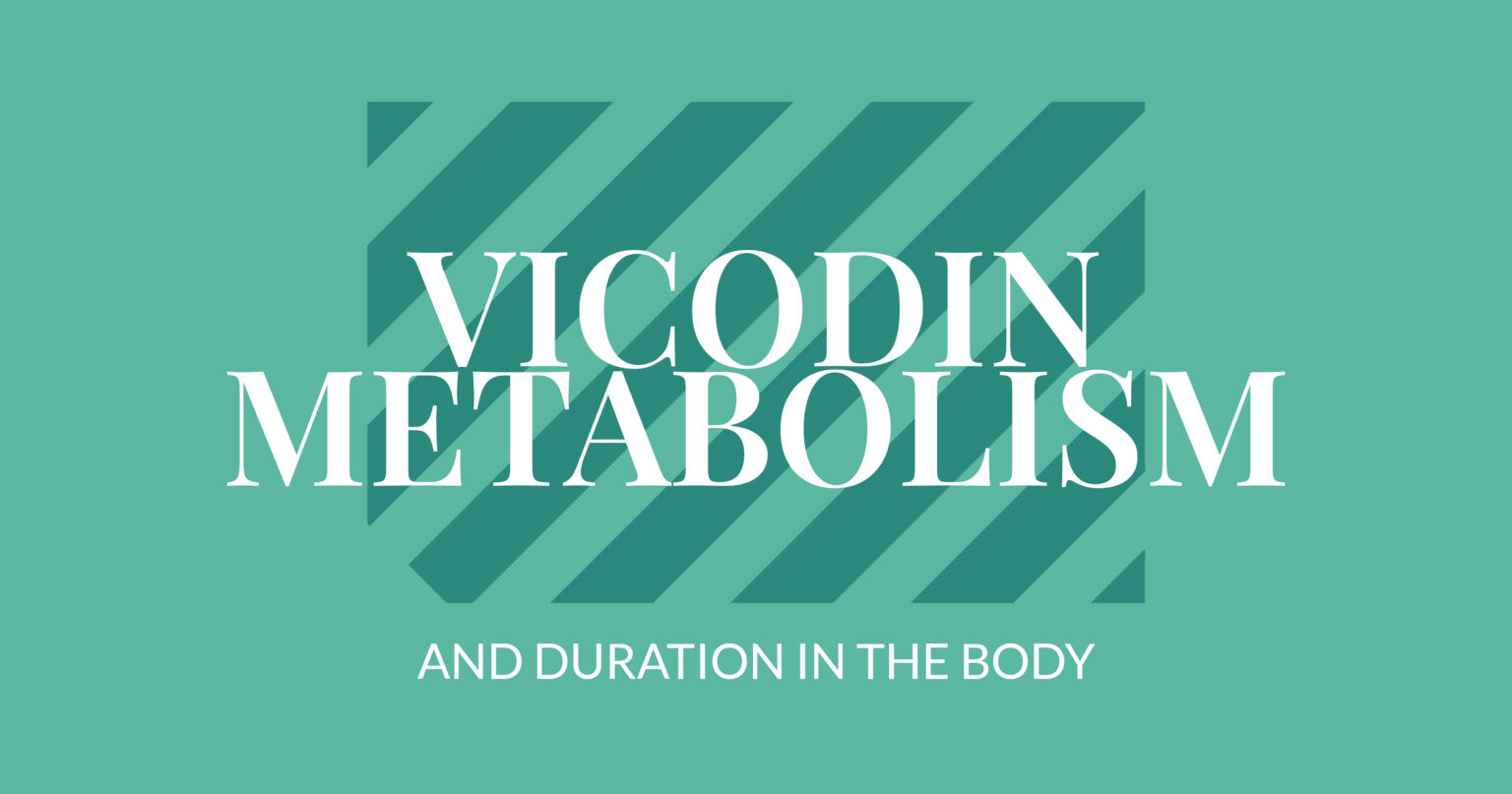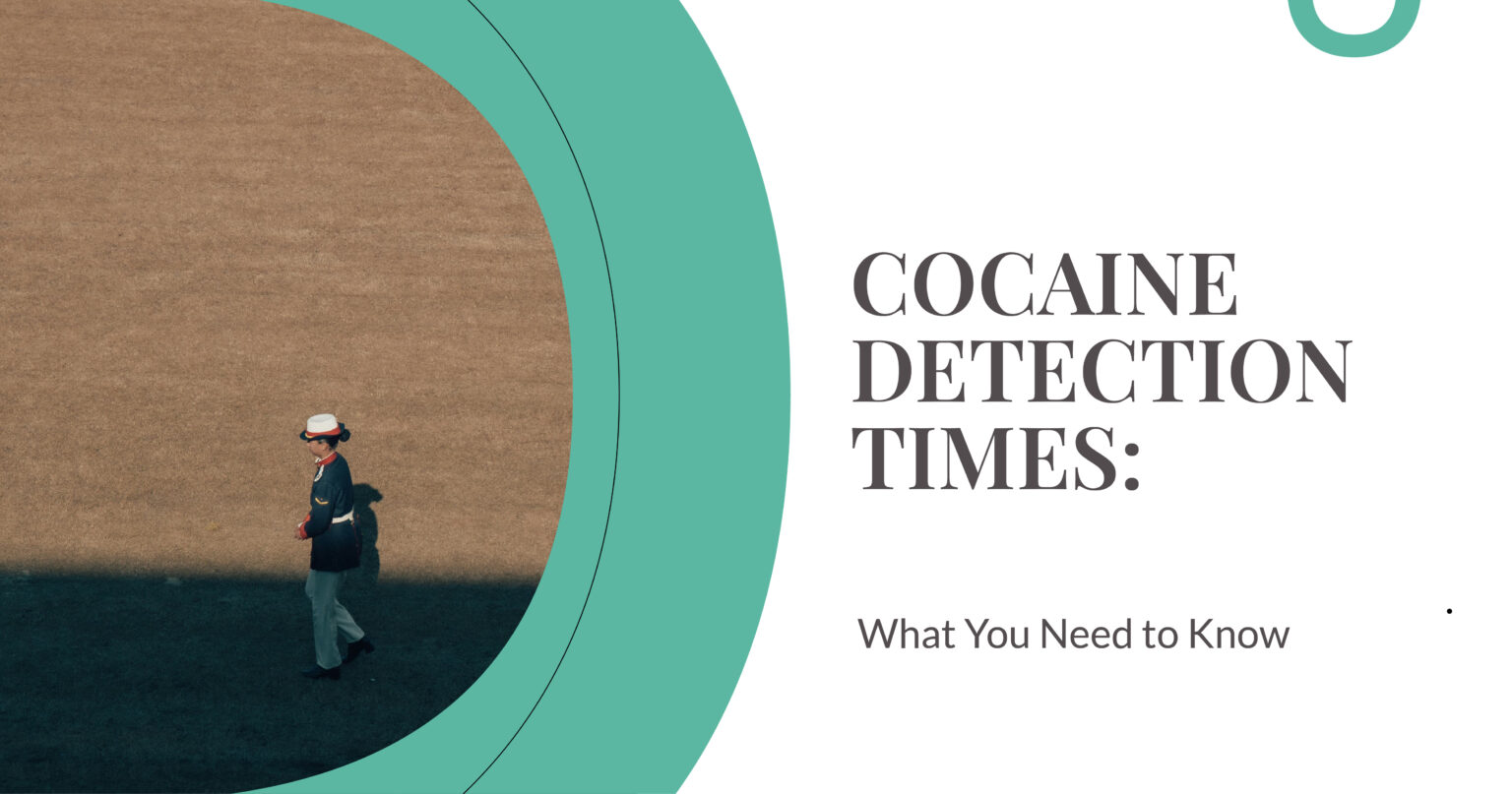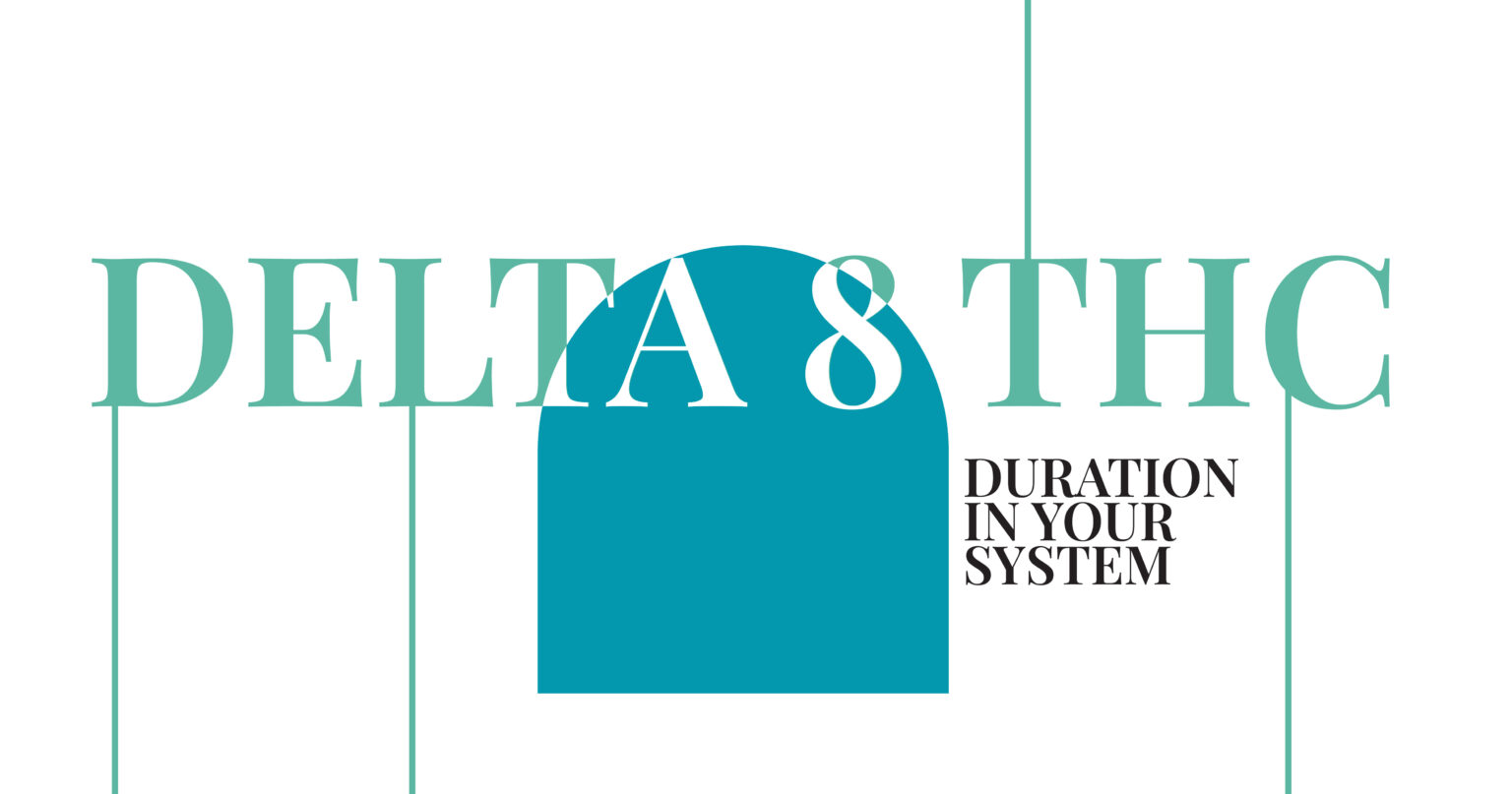When many people hear about alcohol addiction, the first thing that comes to mind is the question, “what is considered an alcohol addiction?” To put it simply, alcohol addiction is exactly what it sounds like. Alcohol addiction is a chronic condition that is characterized as substance abuse and a mental health disorder. Alcohol Use Disorder (AUD) is fairly common and it is recommended to seek help through a drug and alcohol rehab.
Alcoholism can make a person become both emotionally and physically dependent on being able to drink alcohol. Whether you, a friend, or a family member that struggles with alcohol addiction, it’s something that negatively impacts everybody involved
When you hear the word “alcoholic”, what do you think? Do you think about a person on the street with the vodka bottle in his hand? Or you visualize someone who has lost their job because they haven’t shown up for days at a time with no explanation? Maybe you think about the mother who has lost her children because she is more concerned about her next bottle of alcohol than them? Maybe you don’t fit any of these stereotype descriptions, but you might be wondering, am I an alcoholic? You’ve never had to steal money to get the next bottle of gin, or been homeless due to using rent money for the pub. You might even have a family, a high-powered career, and a fantastic social circle. You’ve never been arrested or in debt.
The 5 Types of Alcoholics
There are 15 million Americans currently in the throes of an alcohol disorder, and yet less than 1 in 10 of this figure seek treatment. Mostly, this is because they believe that their addiction is not an addiction– or that their alcohol dependency is under control.
There are five types of alcoholics that exist. While no two people handle alcoholism in the same way, the characteristics that are shared are similar enough to categorize them correctly. Those who deal with addiction come from a variety of backgrounds, different ages, and all kinds of social status’.
Not only are these categories essential when it comes to identifying, it means that doctors and professionals can work out the treatment far easier when they understand the individual behind the disease. There is no one-size-fits-all when it comes to treating alcohol addiction , but it can help to match the person to the right pathway to get better. Let’s explore each type below.
Young Adult Alcoholic
31% of the individuals in the U.S known to be alcoholics are made up of the young adult category. They don’t drink as regularly as the other subtypes, but it’s usually the young adult categories that are prone to binge drinking. Most young adults that are susceptible to being placed in this binge drinking category are usually from families that have lower rates of alcoholism.
Young adult is the most common type of alcoholic in the U.S, which could be because many young adults start drinking at college age. Young adult alcoholics spend over 140 days a year drinking, and few of the young adults in this category take drugs or have issues with the law. Not many in this category seek the right help for their consumption, but those who do seek advice shy away from private therapy with a preference toward community programs.
Young Antisocial Alcoholic
This category is a sad one, mainly because just over half of the alcoholics in this category have an ASPD diagnosis – this is Antisocial Personality Disorder. Most of the young alcoholics in this group have substance addictions elsewhere, issues with anxiety and some have major depression. This condition is categorized by some – not all – of the following traits:
- Irresponsibility
- Deceitful behavior
- Criminal activity
- Fighting and assault
- Lack of remorse for actions
- Impulsive behavior
- Severe lack of care or empathy for others
Typically in their mid-20s, this group usually begins drinking much earlier than the young adult alcoholic group, mostly by age 16.
21.1% of alcoholics fall into this category, and more than half have a family member who is a frequent consumer of alcohol.
As mentioned earlier, more than half of the young adults in this group have a psychiatric diagnosis, which means that they are using alcohol as a way to cope with their emotions, their condition, and their lives. Young antisocial alcoholics drink on average 201 days out of the year, consuming more than five drinks in any situation with alcohol present.
Functional Alcoholic
A person who is a high-functioning alcoholic is perhaps one of all the categories in most denial about their situation. They are also the furthest possible away from the alcohol stereotype that is portrayed by the media. This group of people are successful, usually wealthy, mostly married, and have stable families and social lives.
62% of the adults in this category work full time and a quarter of them have a good education. 19.5% of US alcoholics are functional, and no one would know it unless they purposefully let on. Denial is one of the most important characteristics of any alcoholic, but it’s much easier to hide if you are part of the functional category because everyone around you sees you as coping with life the way that you should.
Most functioning alcoholics are social drinkers at college age, but by the time they are approaching 40, the addiction has taken shape, and they cannot get through the day without a drink. They’re more likely to smoke, and they’re also doubtful to seek help for their addiction – mainly because they don’t believe that they have a problem. After all, if they’re holding down a job and a marriage and no one knows, this makes them think that they are in control. They’ll make excuses for their drinking, and as there are little to no negative external consequences to their actions, they won’t be easy to convince that they have a problem at all. Functional alcoholics have to channel their energy into abstinence; otherwise, it will be out of control.
Intermediate Familial Alcoholic
With an average age of 38, intermediate familial alcoholics are usually at work, with half of this group coming from a background of alcoholism. Almost all intermediate familial alcoholics have a background of depression, and most of this group are middle-aged men.
Nearly 50% of this group of alcoholics have a co-occurring disorder or history of mental illness and half of them suffer from clinical depression. One in five intermediate familial alcoholics has suffered from bipolar disorder or depression. 20 to 25% of this group are also likely to have used marijuana or cocaine alongside the alcohol, and while more than a quarter of this group has sought help for their alcoholism at some point in their life, they do it through self-help 12-step programs, treatment programs, and their health care provider.

Chronic Severe Alcoholics
Lastly, we have this category: chronic severe alcoholics. This category makes up 9% of the alcoholics in the US, and most of those in this group sit in the middle-aged class. Drinking begins early in life, and this is the category that rates the highest for substance abuse or psychiatric issues. Their background is of alcoholism in the family. In fact, 80% of this group have multigenerational addiction as an influence.
It’s the smallest group, with only 9% of alcoholics here, and they also have the highest divorce rate of all types of alcoholics out there. Not many of this group are educated, and not many have full-time employment. They drink for almost 250 days a year, and two-thirds of this group have sought help for their addiction. Treatment programs for this group need to address the surrounding disorders to be successful, and this includes any therapies that are focused on the fact that the relapse rate is high.
How Do I Know if I Have a Problem with Alcohol?
If you:
- Drink excessively (as defined by the guidelines above)
- Have an emotional or physical dependency on alcohol
- Find that alcohol is interfering with your work, education, career, relationships, social life, wellbeing, or any other important areas of life
- Experience cravings for alcohol (a strong urge to drink)
- Experience withdrawals or withdrawal symptoms when you stop drinking or decrease the amount you drink
- Need to drink more than you used to in order to get the same effects
- Continue to drink despite the negative impact that it has on your personal or professional life
- Struggle to limit your drinking
You may be struggling with alcohol addiction. Consult a medical or mental health care professional if you’re struggling with alcohol or think that you might be.
Different Drinking Types
The types of alcoholics may have given you some answers to the question, “am I an alcoholic?” but if not, you can observe your personal drinking “type” within the broader alcoholic spectrum.
There are various drinking types to consider when you consider whether you are an alcoholic. For example, casual drinking is often on the line for some people because they drink socially, but they don’t make a habit of it. There’s nothing wrong with a few drinks with some friends, or a glass of wine at a restaurant with dinner.
The issue begins when that casual glass of wine turns into an occasional bottle, or two, or three. Every night. People have different ideas of the difference between alcoholism and alcohol abuse, often confusing the two for meaning the same thing. However, alcohol abuse is not the same as alcoholism.
- When it comes to alcohol abuse, there is a pattern of behavior where the person who is drinking does so to excess and disregards the negative consequences.
- Alcoholism is different because the person has a compulsion to consume alcohol psychologically.
There are also two types of excessive drinking: binge drinking and heavy drinking. Strangely enough, there are differences between these types, too.
- Binge drinking refers to the practice of drinking alcohol to excess at one time, such as abstaining from drinking all week only to binge on a bottle at the weekend. So, five or more drinks in two hours are considered to be a binge-drinking session.
- Heavy drinking is different. This means, for men, having more than 14 drinks in the week and more than seven drinks a week for women. This is indicative of a dependency on alcohol to ‘get through the day,’ whereas binge drinkers only have a “session” of drinking socially. They do so to get drunk and have fun, rather than to cope.
Ten Warning Signs That You Are An Alcoholic
There are a lot of distinctive signs that don’t necessarily mean that you are an alcoholic, but when you put all the pieces of the puzzle together, you could find yourself being dragged down by the weight of addiction. Let’s take a look at the ten most common signs that you should be looking out for if you are concerned or find yourself asking, am I an alcoholic?
You Hide Your Alcohol Use
You enjoy the glass of wine that you have with dinner so much that you decide to sit and have another glass. And then another. But it’s not a problem because you were just having a drink with your meal, right? Denial is one of the typical traits in alcoholics because admitting there is a problem means accepting there is addiction-forming. Excuses are made, and when those dinner-time drinks extend to just after breakfast, the bottles are put in bins external to the house so that the rest of the family cannot see them. Hiding your drinking means that your habit is harder for other people to spot and pull you upon.
Needing a Drink to Relax
Alcoholic drinks are readily available in bars and stores everywhere, so when a long day at work has finished, a refreshing beverage may sound like a great idea to ‘unwind.’ The problem with doing this is that depending on alcohol to flush away the blues or help you to relax is going to be a significant risk. You then end up depending on that drink to relax at the end of a long day – every day – making things so much worse for yourself in the long run. Using alcohol as a way to ease your pain or stress is only going to send you into a spiral of further depression.
Blacking Out or Forgetting Timelines
When you drink to excess, you can often wake up and find yourself in a place entirely apart from where you were when you started drinking – with no memory of how you got there. Blacking out regularly is not only dangerous, but it’s also a huge indicator that you are drinking far too much and you need help. It’s essential to explore what is driving you to drink to excess in the first place; otherwise, you will never be able to untangle your addiction. Blacking out is not fun; it’s scary to lose pieces of your memory, and it’s not going to make sure you have a good time.

You Say “Just One More”
How often do you leave an open bottle of wine in the fridge? Why would you need more than one drink if it’s just to complement your meal? Here’s the thing: if you are drinking and thinking “just one more” for each glass you finish until the bottle is empty, you are not in control of the drinking. It is in control of you, and that is a problem.
Driving Under the Influence
This is just one example of a situation you could unintentionally put yourself in when you’re drinking. It’s not just driving that could be dangerous while you’re drinking, but what if you have a drink after work and you have to operate heavy machinery? What if you are on strong medications and forget that fact when you’re downing a few shots? These are all situations where drinking is occurring in a dangerous situation, and you should be thinking of the consequences of your actions before you pick up that glass. If you find yourself regularly taking these risks, you’re going to find yourself in hot water; or up in front of a judge.
Losing Your Priorities
You may have children, a mortgage, a job – if any of these are being left by the wayside in favor of your favorite vice of drinking, there’s a bad sign. This means that your occasional social glass is turning into something that is going to impact your daily activity. Neglecting your responsibilities is going to end up with you signing away your rights to your kids, losing your job, and possibly losing your house. If you don’t want that, and you recognize that this is what you’re doing, you need to slow down and get some help – now.
Relationship Struggles Resulting from Alcohol
Very much related to the point above, your relationships with the people in your life are essential. Putting alcohol above those relationships is a definitive sign that there is a big problem occurring. You shouldn’t be getting into fights with your friends and your spouse, all fuelled by the drink you can’t put down. Is this you? This is a big sign that you have moved into an addiction that you may struggle to get back away from.
You Have a Growing Alcohol Tolerance
There may have been a time where one drink would send you into tipsy mode, having fun and loving life. Tolerating higher levels of alcohol is a big sign that you could be addicted to the drink you used to sniff and enjoy. Now? Now you are downing bottles over glasses to get to that same tipsy state. This tolerance that has slowly become higher and higher is a big sign you are becoming an alcoholic. This is a sign of your brain, and your body is coping better than ever with the level of alcohol you are consuming.
You Experience “The Shakes”
When you are experiencing withdrawal, you are experiencing something more extreme than a hangover. It’s what follows the lack of alcohol in your life over too much of it, and it leads to the shakes, headaches, anger, nausea, and several other symptoms that will make you crave alcohol again.
Failing Sobriety
If you have found yourself trying to put down the alcohol and get some help, but failing time and again, you may have to find more help. Making a move to quit drinking is a definite sign that you know you have a problem and the fact that you are unable to go cold turkey and do it on your own means that you need specialist help to get you back to a sober lifestyle.
Treatment Options
There are a lot of places out there that offer support and help for those who want to stop drinking to excess. Sometimes, these are community programs as mentioned earlier, and other times, these are one-to-one support therapies that can talk you through WHY you’re drinking in the first place. If you can identify the reason behind the excessive drinking, you can learn to heal from them. Here are some examples of programs that you can undertake:
- Residential treatment, which usually involves a stay at a facility where you can get the treatment you need and the support you want. These can dry you out and last for up to 90 days.
- A hospitalization is an option if you require ongoing medical help. These are rather intensive, allowing for 4-6 hours a day of therapy and exercises.
- Group, individual, and family therapy are also all an option.
If you or someone you love is facing alcohol abuse, reach out sooner rather than later!
If you or a loved one needs help, call us at 855-953-1345




